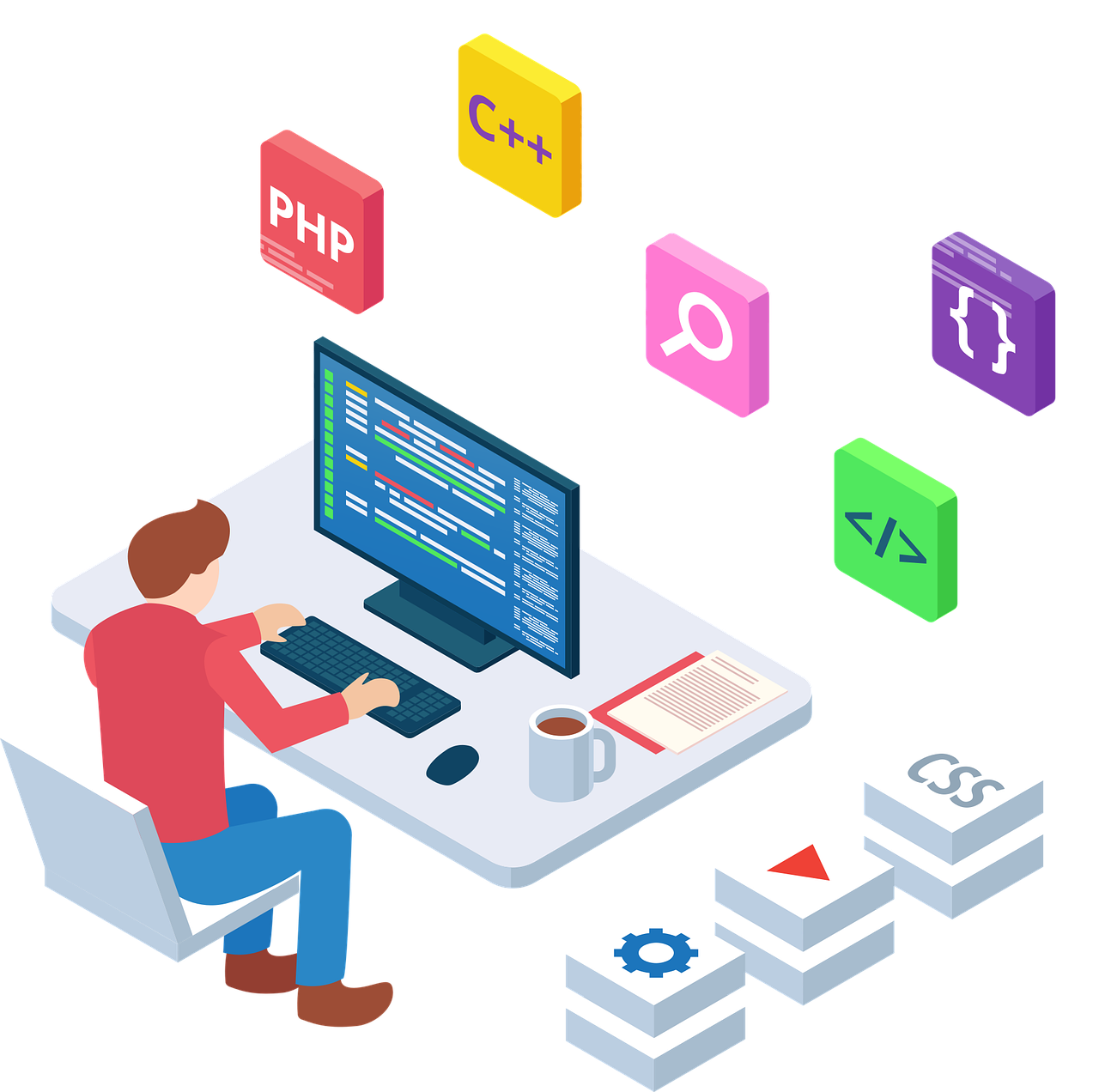Web design trends, just like technology, are constantly evolving and changing. Website features and elements that were once the innovation, are now overdone, tired, and clichéd in the past couple of years. The one thing you don’t want to happen is to put your customers off, simply because you have a website that looks dated, using old web standards.
So what are the website trends for this year, and the years to follow? In a market as competitive as this one, it’s very important that you learn to spot where the tide is going to come up, that way you can adapt when required. Below are 4 web trends for this year, and maybe the next decade for you to learn.

1. Accelerated Mobile Pages (AMP)
Accelerated Mobile Pages (AMP) is a trend that started a while back. The main idea behind AMP is to improve the speed in which pages load up, which in turn should decrease bounce rate. AMP and PWA technology, have many similarities. The main difference however is that with AMP, the pages are accelerated using an open-source plugin.
An AMP is a page that has been optimised to load very quickly, with the most basic, yet convenient of designs. Typically with only basic web features, compared to what you get with your standard page. These AMP pages are all mobile-friendly of course, and the content is usually very readable.
With web development trends shifting more towards AMP development, we can see that the internet is going in the direction of the user first. Although 5G internet technology is already here, with many brands choosing to go with their own applications, so as to enhance the experience of their users, the availability of AMP plugins gives these companies the opportunity to save a great deal of money on UX, while reaching a large user base regardless of their internet speed. With this in mind, we can predict that in the future, you’ll be seeing much smaller, niche products competing with the largest products in the market.
2. Smart Content Load
A large number of webmasters out there may be guilty of having a website that is heavy on the resources, with many third-party integrations and graphical assets that slows the website down considerably. The good news is that there are methods that one can use such as a smart website design, one that only downloads content when it’s visible on the screen.
Infinite scroll and lazy loading have been around for many years now. You’ll find the biggest social networks using them, as they have been doing for years, especially when you consider infinite scroll. This approach is especially popular for websites that consist of just the one or single page.
It’s important that webmasters think about different technological approaches as they could ultimately help their website outperform their competitor in the long run. Such features are capable of enhancing user experience, for those who arrive on the website, which could have positive effects on your overall site rankings and conversion rates.
When you use lazy load, it ensures that the web browser, whether it be Firefox, Safari, or Google Chrome, will only download the images that the end user can see on the screen. This in turn conserves server resources, and time, that would otherwise be spent loading content off-screen that you are unable to see.
A majority of visitors that arrive on your site, will never navigate to the bottom of it. So why waste server resources and response time loading that content. The best approach to take is to load content as and when it becomes visible on the page.
3. Voice Search Optimization
When we look years into the future, we see that web development appears to be going more in the direction of voice, rather than simple text, and this is not solely because of home assistant tools such as Amazon’s Alexa, Siri and Google Home. In 2021 alone, close to 50% of all IoT devices are able to hear and execute user voice commands. And they are also able to differentiate between different voices, so that they can provide a personality AI-based experience for each and every individual.
Voice search is technology that was implemented more than 10 years ago, but is one of the more prominent technologies, despite it. We can expect in the next couple of years, for people to prefer to speak commands rather than type them into their devices, as their home appliances become more intelligent. It’s for this reason why so many companies are now looking over the various ways that they can optimise both their digital and physical products for both voice commands and voice search. In the next couple of years we can expect close to 60% of households to have some form of voice assistance.
When it comes to web development, we see voice optimisation for regular applications and websites and voice-activated and self-standing devices. When we strengthen this with voice search optimisation and AI, it becomes beneficial to both the webmaster and the user. The primary reason is because it saves time, and also because it allows the user to order more, while online. Second reason is because it allows for multitasking. Third reason is that it increases customer loyalty, as it makes it much easier for them to deal with routine. Lastly, voice usage is also another excellent source of behaviour analytics.
4. Chabot Become More Advanced
Chatbots is one of a few features that has increased significantly in popularity over the past couple of years, and will continue to increase as we enter the next couple of years. As both machine learning and artificial intelligence become more advanced, we can expect these chatbots to also become standard protocol for basic customer requests.
As an example, if a customer was to visit your site, looking for a phone number, if you have a chatbot on your website, and it’s able to provide an answer for this query, it could provide the end user with this information. The end result is a more positive user experience, which means more business, but also a reduction in company fees, where they would otherwise have to employ someone to do such a task.
AUTHOR INFO
Uchenna Ani-Okoye is a former IT Manager who now runs his own computer support website www.compuchenna.co.uk.
- What Is Software Engineering Salary - July 24, 2024
- What Is Testing In Software Engineering - July 3, 2024
- How To Find Entry Level Software Engineering Jobs - June 26, 2024







Leave a Reply